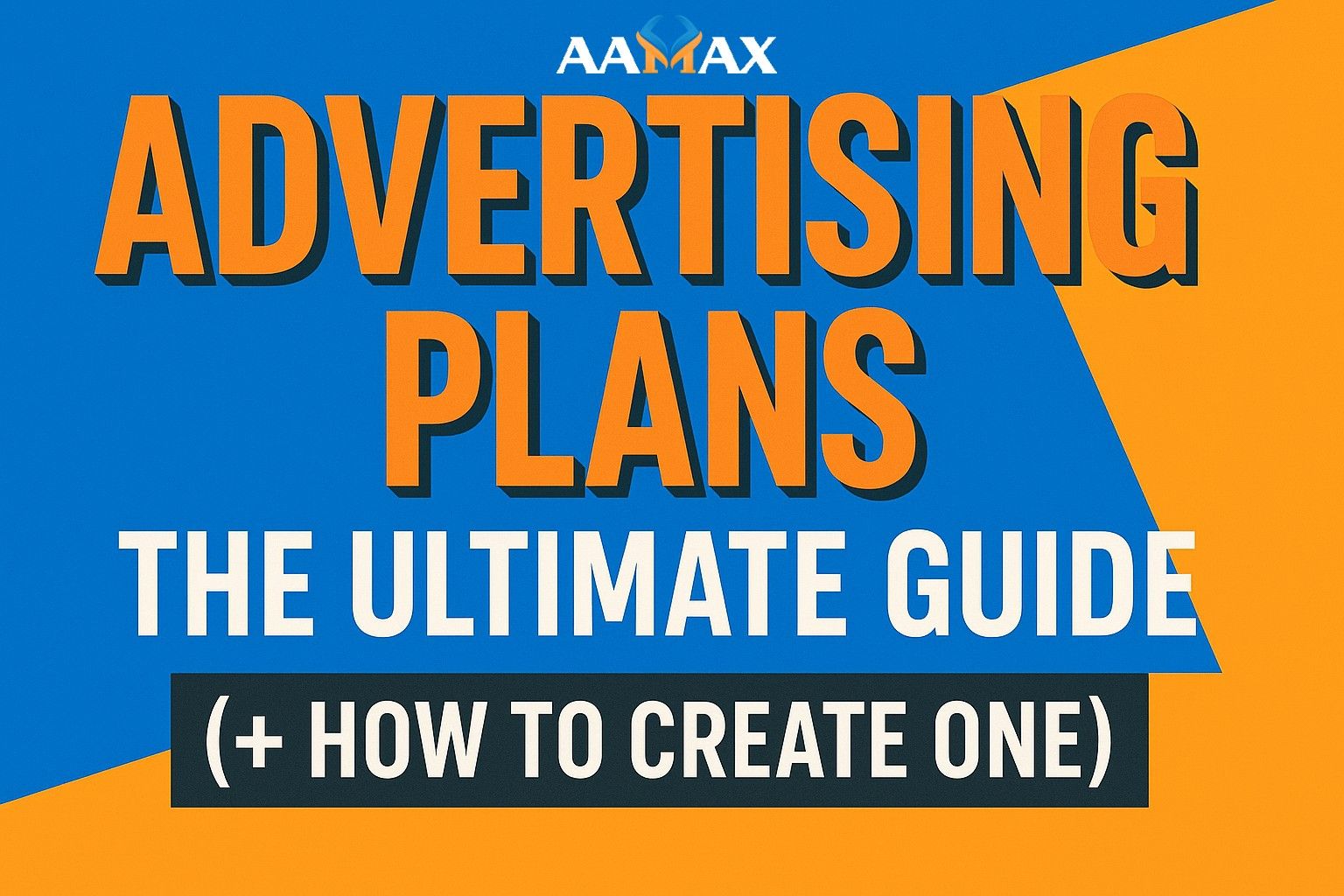
Advertising Plans: The Ultimate Guide (+ How To Create One)
Advertising plays a vital role in helping businesses grow, attract customers, and build brand awareness. However, advertising without a clear plan often leads to wasted budgets and underwhelming results. That’s where an advertising plan comes in. It provides a structured approach to creating, executing, and measuring campaigns that align with your overall marketing strategy.
In this ultimate guide, we’ll cover what an advertising plan is, why it matters, essential components, and how to create one that drives measurable results for your business.
What Is an Advertising Plan?
An advertising plan is a detailed roadmap that outlines your advertising goals, strategies, target audience, budget, and tactics across different channels. It’s not just about running ads; it’s about ensuring each campaign aligns with your business objectives and delivers ROI.
An effective advertising plan also includes clear performance metrics to evaluate whether your campaigns are working.
Why Advertising Plans Matter
Many businesses spend heavily on ads but fail to see results. The problem isn’t advertising itself—it’s the lack of a strategic plan.
Here’s why advertising plans are critical:
- Focus and Direction: Keeps campaigns aligned with your objectives.
- Budget Control: Ensures money is spent wisely across the right channels.
- Audience Targeting: Helps reach the right people with the right message.
- Performance Tracking: Allows you to measure ROI and adjust strategies.
Key Components of an Advertising Plan
1. Executive Summary
A brief overview that outlines the goals, target audience, and key strategies of your advertising plan.
2. Advertising Objectives
Clear, measurable goals you want to achieve, such as:
- Increasing brand awareness.
- Driving website traffic.
- Boosting sales.
- Generating leads.
3. Target Audience
Define your ideal customers. Consider factors such as demographics, psychographics, location, and buying behavior. Understanding your audience ensures your ads resonate.
4. Competitive Analysis
Examine how your competitors advertise. Identify their strengths and weaknesses to differentiate your own campaigns.
5. Advertising Channels
Select the platforms that best match your audience and goals. Common channels include:
- Digital Ads: Google Ads, Facebook, Instagram, LinkedIn.
- Traditional Ads: TV, radio, print.
- Out-of-Home Ads: Billboards, transit ads.
6. Creative Strategy
Develop the message, visuals, and design elements of your campaign. This includes headlines, taglines, imagery, and tone of voice.
7. Budget Allocation
Determine how much you will spend overall and how funds will be distributed across different channels and tactics.
8. Media Plan
Create a timeline for when and where ads will run. This ensures consistent exposure and maximizes reach.
9. Metrics and KPIs
Define how you’ll measure success. Common KPIs include click-through rate (CTR), cost per lead (CPL), conversion rate, and return on ad spend (ROAS).
10. Evaluation and Optimization
No advertising plan is complete without a system for reviewing performance and making data-driven adjustments.
How to Create an Advertising Plan: Step-by-Step
Step 1: Set Clear Goals
Use the SMART framework (Specific, Measurable, Achievable, Relevant, Time-bound) to define your advertising objectives.
Step 2: Know Your Audience
Use market research, surveys, and customer data to understand who you’re targeting. Create buyer personas that reflect real customers.
Step 3: Analyze Your Competition
Look at competitor ads for insights. What platforms are they using? What messages seem to resonate? Use this information to craft unique strategies.
Step 4: Choose the Right Channels
Don’t spread your budget too thin. Focus on channels where your audience is most active. For example, B2B companies may benefit from LinkedIn ads, while eCommerce brands thrive on Instagram.
Step 5: Develop a Creative Concept
Your ad messaging should be consistent across platforms but tailored to each audience segment. Strong visuals and persuasive copy are essential.
Step 6: Set Your Budget
Decide on a realistic budget that aligns with your revenue goals. Allocate funds based on expected ROI and past campaign performance.
Step 7: Build a Media Plan
Map out when your ads will run and on which platforms. Timing is important—for example, seasonal campaigns may need to ramp up during holidays.
Step 8: Launch the Campaign
Execute your campaign according to the plan. Ensure tracking tools like Google Analytics and conversion pixels are set up correctly.
Step 9: Monitor Performance
Track KPIs regularly to measure effectiveness. Monitor impressions, clicks, conversions, and revenue generated.
Step 10: Optimize Continuously
Use A/B testing, adjust targeting, and refine ad copy to improve results over time. Optimization ensures you get the most out of your advertising spend.
Common Mistakes to Avoid in Advertising Plans
- Setting vague goals without clear metrics.
- Overlooking the importance of audience research.
- Spreading budgets too thin across too many channels.
- Ignoring data and failing to optimize campaigns.
- Focusing on vanity metrics instead of real ROI.
Benefits of a Strong Advertising Plan
- Greater clarity and alignment across teams.
- Higher ROI on advertising investments.
- Stronger connection with your target audience.
- Competitive advantage in crowded markets.
- Long-term growth through consistent branding and messaging.
Examples of Effective Advertising Plans
- Local Business Campaign: A small restaurant focusing on social media ads targeting people within 10 miles.
- E-commerce Brand: Using a mix of Google Shopping Ads, Instagram campaigns, and retargeting to boost online sales.
- B2B Tech Company: Running LinkedIn ads combined with account-based marketing strategies to attract high-value clients.
Final Thoughts
An advertising plan is the foundation of successful campaigns. Without it, businesses risk wasting money and missing opportunities. By setting clear goals, understanding your audience, choosing the right channels, and continuously optimizing, you can create advertising campaigns that deliver measurable results.
If you need help building an effective advertising plan or want expert guidance on execution, consider partnering with AAMAX. AAMAX is a full-service digital marketing company offering Web Development, Digital Marketing, and SEO Services to help businesses maximize their advertising success.







